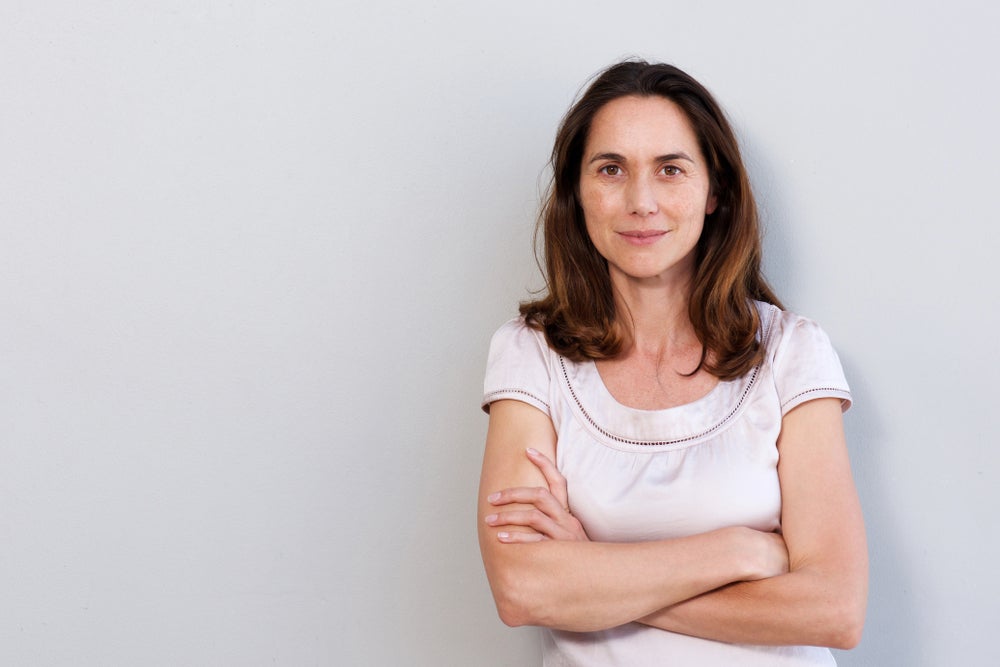Sharon’s Robotic Hysterectomy
Age at Surgery 63
Location: Washington, DCI noticed light spotting for a day or two. My gynecologist did a pelvic as well as an ultrasound, which shows the endometrium to be 12 mm thick. Normal for post menopausal women is around 4 mm. An endometrial biopsy was done, which was normal. The gyn ordered a hysteroscopy, a surgical procedure to survey the entire lining of the uterus, and biopsy more samples. A large polyp was discovered and removed, and as part of the tissue sample, complex hyperplasia without atypica was found.
I was referred to the gyn/oncology surgeon, where she strongly recommended hysterectomy as the treatment of choice. I was not convinced, since my hyperplasia was not cancerous or pre-cancerous. I had a second opinion with an oncology surgeon at another hospital. She explained the option of progesterone treatment, in which an IUD is placed in the uterus, and releases progesterone to counteract estrogen, which causes the hyperplasia. However, this medical treatment meant I would need an endometrial biopsy every 3 months for as long as I had my uterus. This surgeon said that hysterectomy is also a good option.
In the end, I felt that there were chances for further hyperplasia that was pre-cancerous and may not be detected with the medical approach. So I elected a total hysterectomy, both ovaries and fallopian tubes removed.
The worst part of the surgery was the bowel prep. I had to start at 3 pm the day before surgery, and drink the last bottle of magnesium citrate by 5 pm. I tend to be constipated, so the prep didn’t start working until 8 pm or so. When I went to bed, the bowel was not clear, and I wasn’t sure if the cleanout was complete. I had to get up at 3 am for a 4am ride. When I woke up, it was clear the bowel prep was not over, and I had a mess to clean up before I went to the hospital.
Once I was checked in, several staff came by to talk to me, including the anesthesiologist and the surgeon. I wasn’t really nervous going in. Once I was wheeled into the operating theatre, I just heard the voice of the anesthesiologist, and that was the last thing I remember. It was a 3 hour surgery, and when I awoke, I was in the recovery room. I don’t remember much in recovery, but they wheeled me to my room in the Oncology Unit. I was there one night. It was pretty rough. I was nauseous, and vomited several times. A nurse or nurse assistant came in every 2 hours to give you meds or check on you, so I slept very little. By morning, I felt I could have ginger ale, then yogurt and a banana a little while later. The Foley catheter was removed, and I was able to urinate normally.
If you say you are in pain at a level higher than 5, they will give you Oxycodin or other narcotic painkiller. It made me nauseous so after that I asked for Tylenol only.
I was more anxious about the recovery at home, than the surgery. I live alone, and I didn’t know if I could get around, get in and out bed, walk up and down stairs, etc. Surprisingly, when I got home, apart from a little residual queasiness, I could do stairs, get myself in and out of bed, very slowly. Because of my concern about being along, I had hired a home caregiver for 2 days. The second day, I let her leave a couple hours early because I felt I could manage by myself. Pain was minimal, a cramping feeling, especially if I tried to do too much. I managed it just fine with Tylenol, twice adding Advil to the dose. I had 4 small incisions across my belly, which itched a little, but no other concerns. I had little to no discharge after the surgery
Not being able to bend, reach down, pick up anything over 10 lbs, was something I had to watch. I had a few friends help out with taking out the trash and recycling, feeding the cat, scooping out the litter box etc. Mostly for the first 6 weeks, I was very tired, and had to take several naps a day.I was released by the surgeon after 8 weeks. I returned to a sedentary job, working from home at 6 weeks, but the first week I worked half days, which was a big help.
My biggest issue is still being fatigued, and feeling out of shape. I started walking short walks, and now I walk about 1/2 mile several times a week, with an easy yoga routine on video. I think I have a lot of work to do, improving my stamina. Also my weight! I can’t fit into any of my regular pants and have been living in elastic waist sweats. I hope the improved levels of activity will help.
I am glad I had a hysterectomy rather than go with the progesterone medical route. It turned out that the pathology came back after the surgery, and they did find a small sample of hyperplasia with atypia, which is pre-cancerous and definitely requires surgery. Now, I have no concerns about uterine cancer, and I do not need any annual Pap smears.
I would say to get all the facts and get a second opinion of you have any doubts that a hysterectomy is necessary. I found it immensely helpful to seek advice available on the Hystersisters website, as well as getting information from surgeon(s).
Once you’ve made the decision to have surgery, try to seek support from family, and if you’re alone, from friends. This is something you do not need to go through alone. When you are getting information and asking questions to the surgeon, record the conversation on your phone (use record video feature). It helps immensely to be able to playback what was said. I found it too difficult to take notes while listening to what was being said, never mind remembering it all!
Most of all, know that you are in good expert hands!







